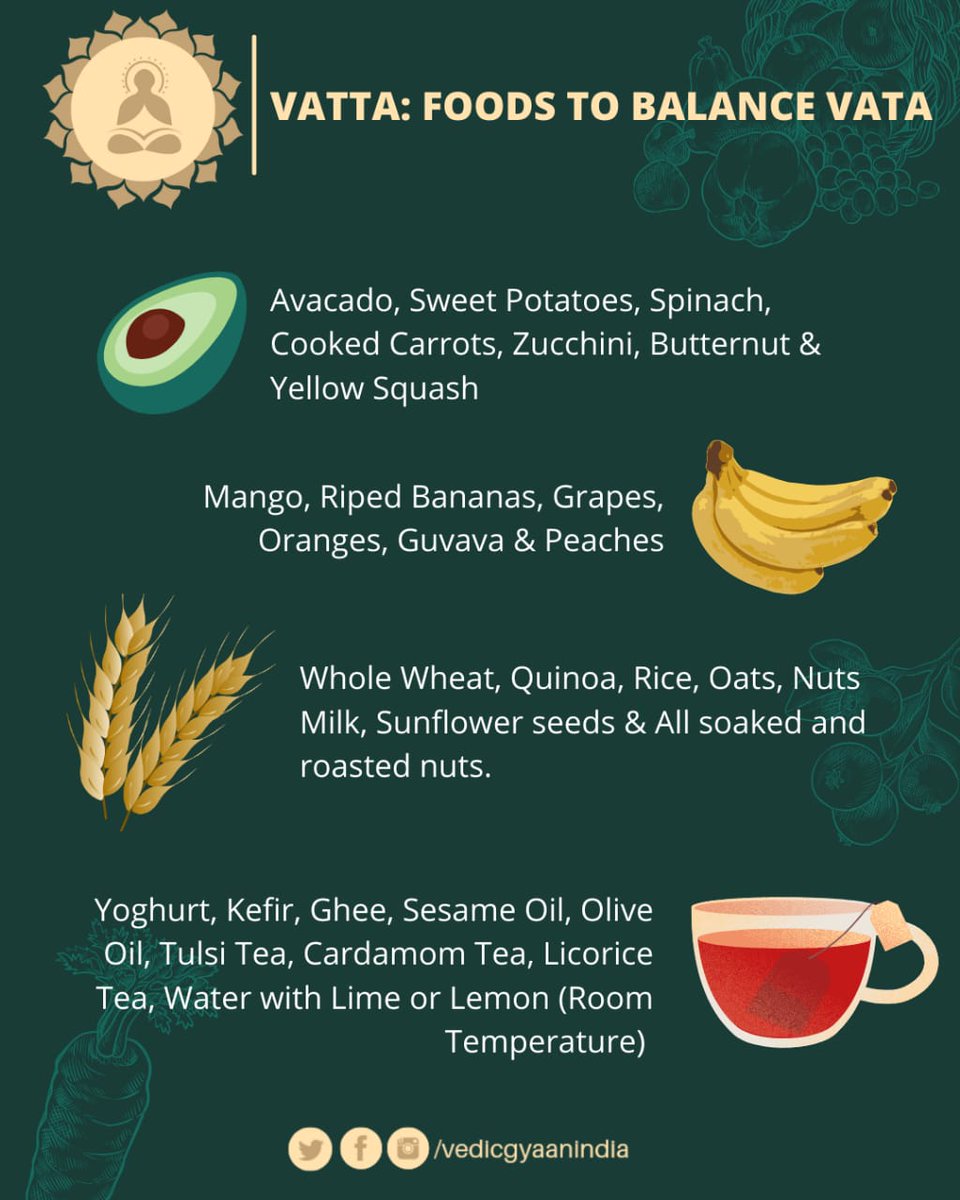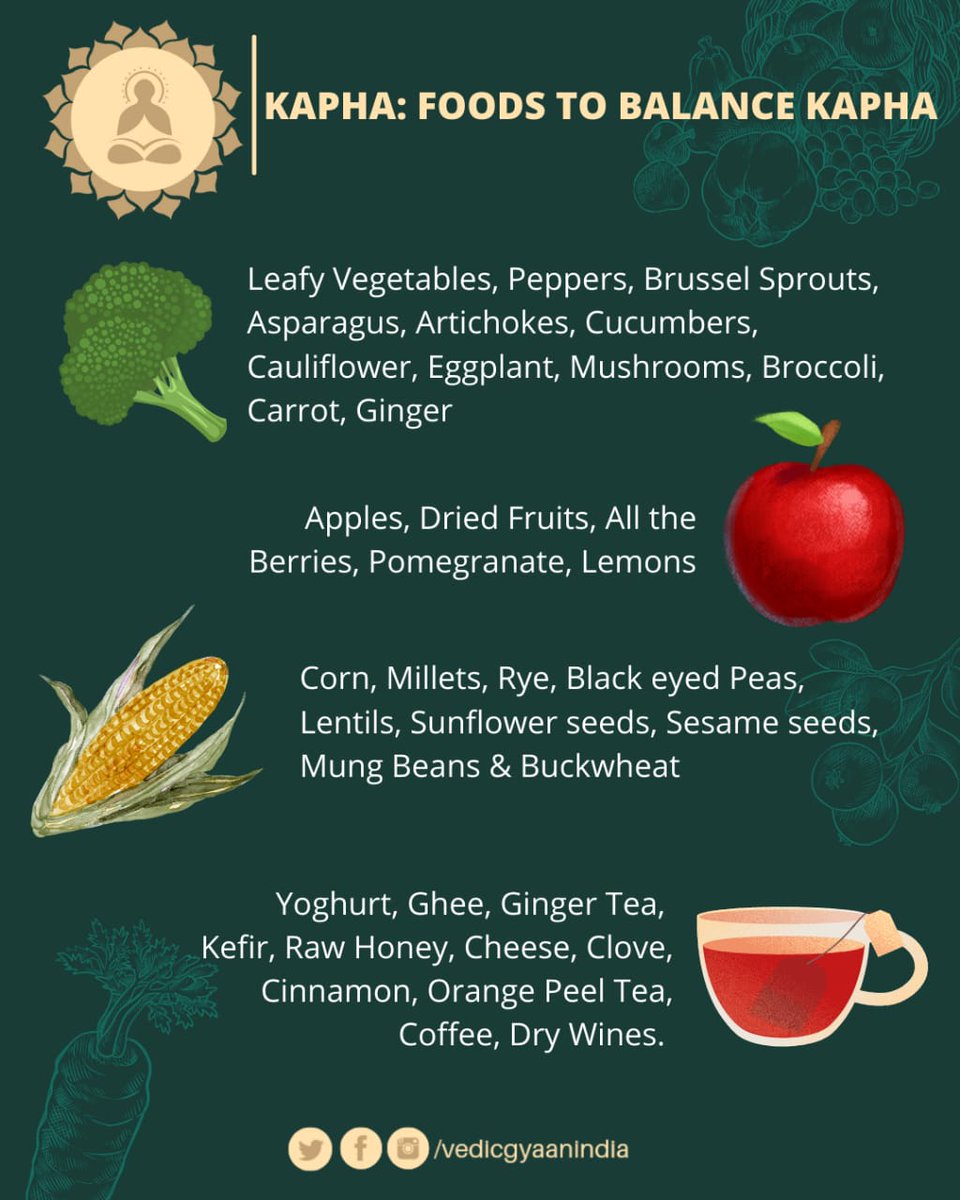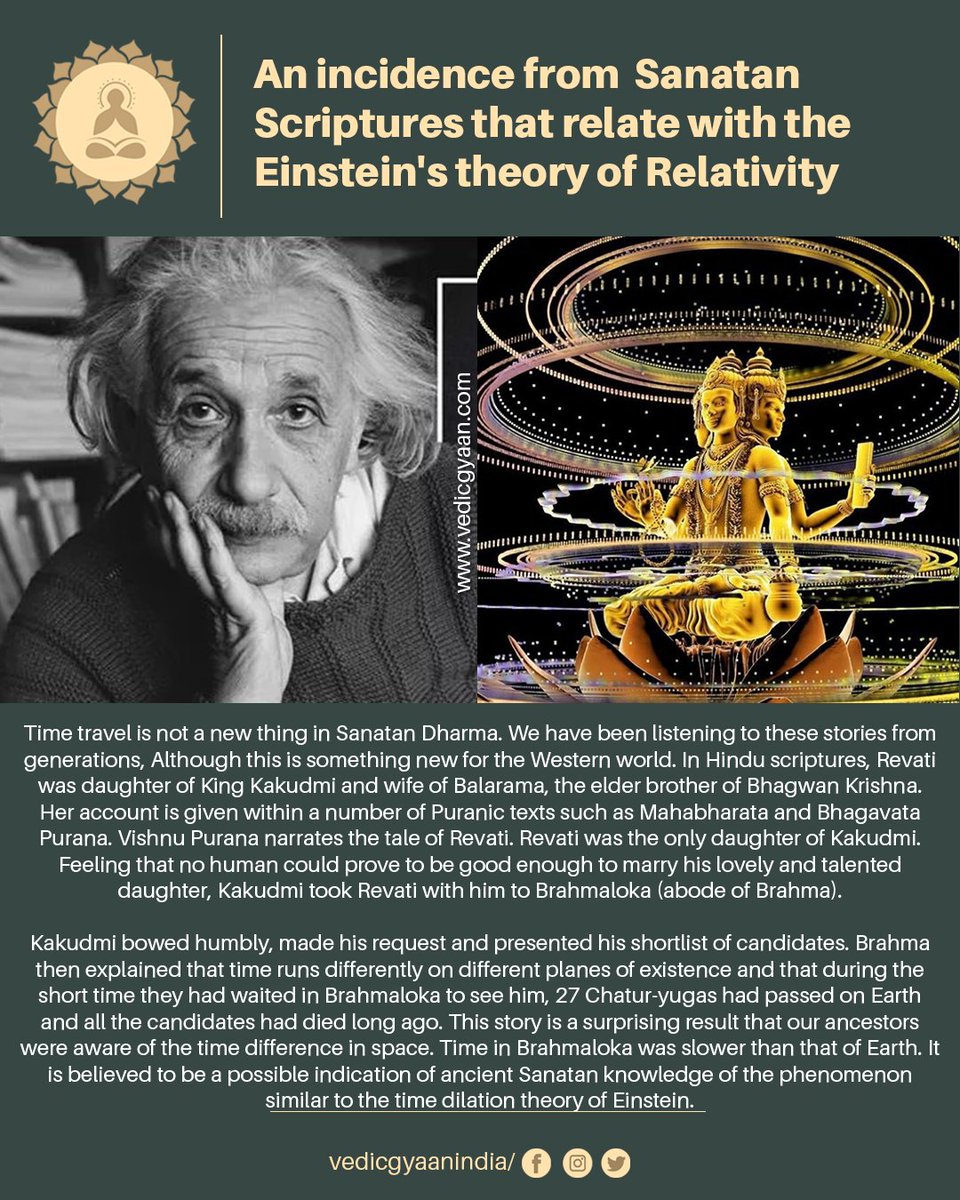
Have you ever wondered how our ancestors knew about Navgraha? Navgraha are the nine heavenly bodies (as well as deities) that exist in the solar system and influence life on earth in the Sanatan Dharma. The term is derived from Nava (Sanskrit: "nine") and 



Graha (Sanskrit: "planet"). Note that Bhudevi (Earth), Uranus, and Neptune are not mentioned. The telescope was discovered in 1608, but the roots of Sanatan Dharma embarks long before the discovery of the telescope. These sculptures of the Navgraha are currently kept in the
British Museum of London. The sculptures were originally discovered from The Konark Sun Temple situated in Orissa, which was built in the 13th century by King Narsimha I. The temple is mainly dedicated to the Sun god Surya.The Navagraha also falls under the Sanatan Astronomy and
and plays a major part in the astronomical sphere. The Sanatan astronomy whose origin dates back to the time of Vedas is concerned with the placement of nine planets and their influence on the world and an individual. According to Sanatan astrology, the position of the planets
when a person is born determines his potential in life. These nine planets in Vedic astrology are treated as deities with specific powers, nature, and characteristics depending on what each of these offers - positive or negative to people.
• • •
Missing some Tweet in this thread? You can try to
force a refresh











